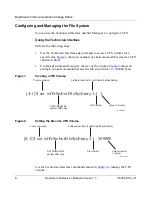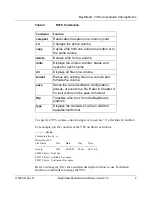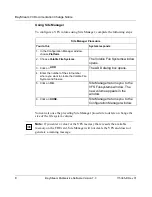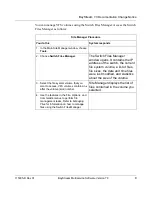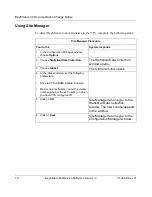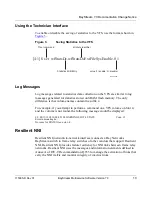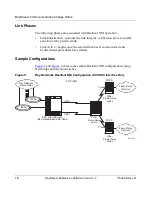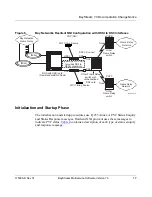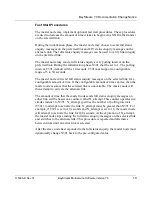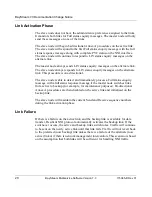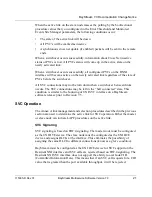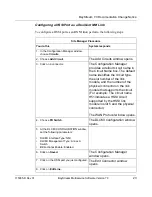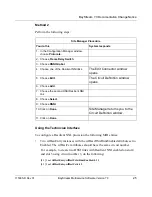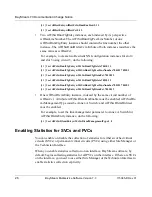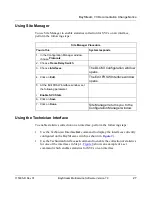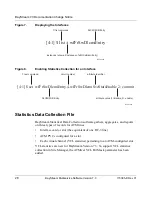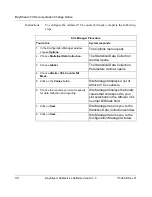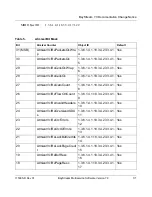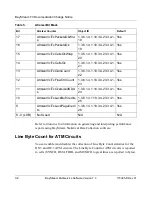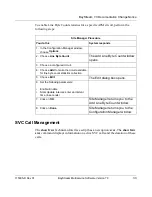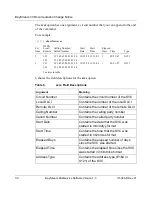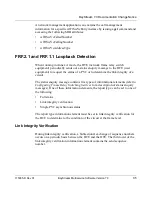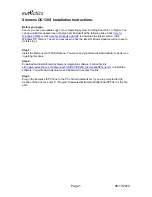
BayStream 7.3 Documentation Change Notice
20
BayStream Multiservice Software Version 7.3
115385-D Rev 01
Link Activation Phase
The slave node does not have the administrative preference assigned to the links.
It monitors both links for Full status enquiry messages. The master node will only
send these messages on one of the links.
The slave node will begin bi-directional Annex A procedures on the active link.
The slave node will respond to the first Full status enquiry message with the full
status response message along with complete PVC status on the NNI interface.
The slave node will continue to respond to LIV status enquiry messages on the
alternate link.
The master node always sends LIV status enquiry messages on the alternate link.
The slave node always responds to LIV status enquiry messages on the alternate
link. This procedure is one-directional.
The slave node is able to detect and immediately process a Full status enquiry
message with a full status response message if the master node switches links
from active to backup (for example, for maintenance purposes). Bi-directional
Annex A procedures are then disabled on the active link and initialized on the
backup link.
The slave node will maintain the current Send and Receive sequence numbers
during the link activation phase.
Link Failure
If there is a failure on the active link, and the backup link is available for data
transfer, Resilient NNI protocol automatically activates the backup link. If the
switchover occurs, the active and backup links switch roles. Traffic will continue
to be sent on the newly active link until that link fails. Traffic will not revert back
to the preferred (now backup) link unless there is a failure of the alternate (now
active) link or if there is network management intervention. This scenario is based
on the assumption that both links will be sufficient for handling NNI traffic.

